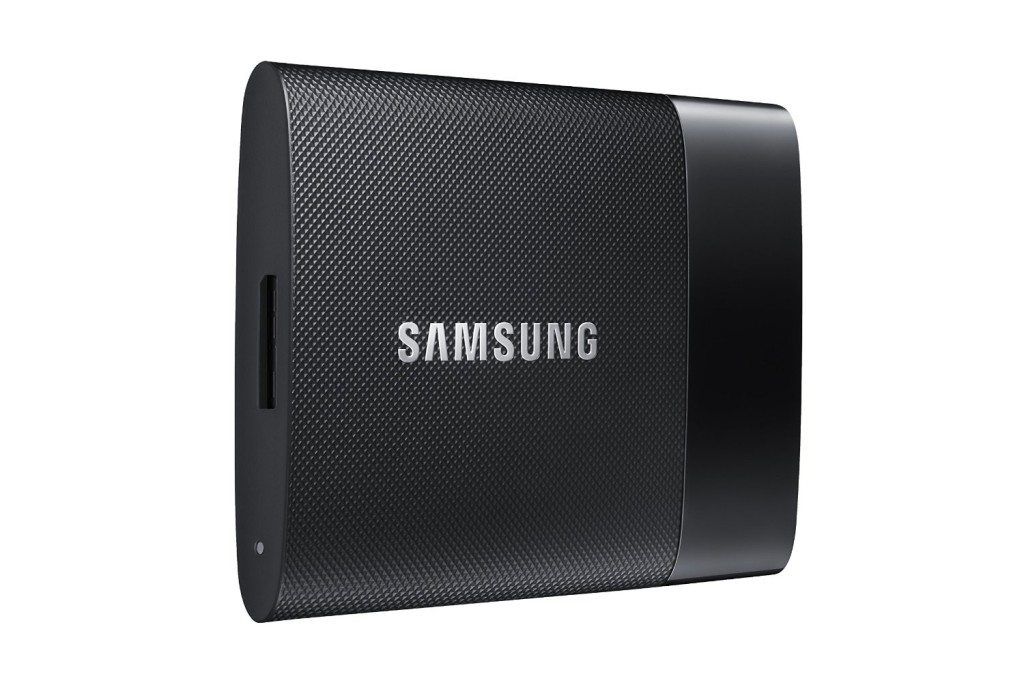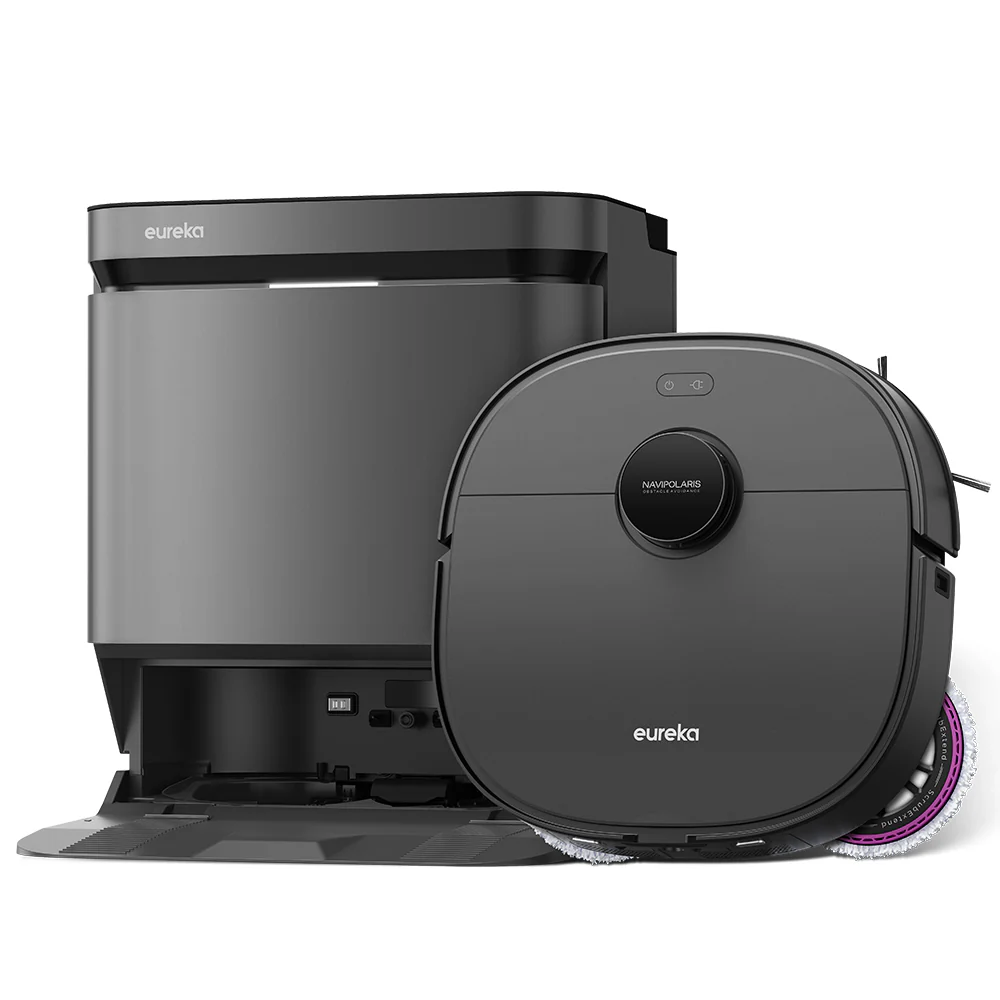Form
Right out of the box the form of this device is unbelievable. I’ve had plenty of different portable USB hard drives in a range of sizes and shapes—but this thing is ridiculously small. The Samsung T1 SSD is a 2.8-inch by 2.09-inch rectangle that’s just over a third of an inch tall at its thickest point. Without the USB cable attached, the T1 weighs less than an ounce.
Holding this thing in the palm of your hand, you might think it’s just an empty plastic shell. There can’t possibly be any internal components in this case and still have it weigh this little. For comparison sake, the Samsung T1 SSD is only slightly larger than the remote key for my Toyota Prius, but the Prius key is thicker and weighs 40 percent more than the T1 SSD.

Adding the short mSATA to USB 3.0 cable—which is necessary for the device to actually work—effectively doubles the total weight to about two ounces. There is no external power connection because the T1 SSD also gets its power over the USB connection.
Aside from being mind-blowingly small and light, there isn’t much to the Samsung T1 SSD. The word Samsung is imprinted in silver on top of the case and on one end there’s an mSATA port to connect the USB cable to.
Function
The function of the Samsung T1 SSD is almost as amazing as its form. Samsung claims data transfer rates of 450MB per second. I generally saw transfer speeds more in the 200MBps to 300MBps range. The real world performance might not live up to the Samsung marketing hype, but it is still very impressive and significantly faster than any other portable storage device I’ve used.
Samsung also designed the T1 SSD to be secure. When you set the device up you can assign a unique name for the drive and enable password security. When you enable the password it protects the data on the device with AES 256-bit encryption—one of the strongest encryption standards in use.
If you enable encryption, make sure you don’t forget your password. AES 256-bit encryption will keep others from accessing your data and will also prevent you from ever accessing it without the password.
My Experience
I have almost zero complaints about my experience with the Samsung T1 SSD. One “complaint” is virtually the definition of a first-world problem. The device is so small and light I sometimes forgot it was even there or had trouble finding it in my laptop bag. I know, right? Poor me.
One other issue I encountered is also not much of a real complaint. Basically, the security is too good and makes it challenging to use with other devices. My Samsung T1 SSD is formatted to work with Windows and the security is enabled. I wanted to use it to transfer all of my music to a different external drive for backup purposes, but when I connected the T1 to the USB port on the external drive I was unable to access the data because the password security app couldn’t run on the proprietary storage OS.
I can work around that by temporarily disabling the password security, but you should know that once you set the T1 SSD up for Windows or Mac OS X you’re more or less tied to that respective platform.
It took me a while to find the tools for the T1 SSD in the Systray in Windows. I had to actually refer to the manual for the device to figure out how you go about changing or removing the password once you’ve set it up.
The Verdict
The Samsung T1 SSD is almost impossibly small. If you’re looking for a way to carry an additional 256GB, 512Gb or 1TB of data around with you, it doesn’t get any more portable than this. It is also blazingly fast both writing and reading data. The mSata connection combined with Samsung’s TurboWrite technology delivers incredibly fast transfer rates.
With a suggested retail price of $500, the 1TB Samsung T1 SSD is pretty expensive. The 500GB model ($250) or the 250GB model ($150) would probably suffice for most portable storage needs without costing more than many laptops. You can save $50 on the 1TB and 500GB models from Samsung right now, or $30 on the 250GB T1 SSD.
Price aside, the size, performance, and security of the Samsung T1 SSD are off the charts. This is the portable drive to beat and you should definitely check it out if you’re in the market for additional storage.
- Cybersecurity’s Unsung First Responders Step Into the Spotlight - October 16, 2025
- How AI and Integration Are Transforming Software Security - October 13, 2025
- Fighting Machines with Machines: How AI Is Redefining the SOC - October 6, 2025




Comments are closed.